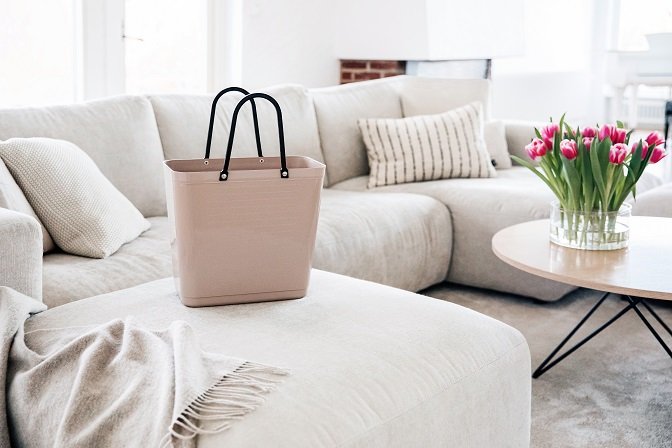Case: Recycled plastic board for furniture purposes, agriculture, construction, and many others
EKOply
Plastinvest Sp
Future Materials / Plastic Recycling
EKOply is recycled plastic board produced in the technology of forming in dies, where the process of plasticizing the raw material, which is waste in a properly prepared form, takes place. Raw material come from wastes of municipality, agriculture and household. Ekoply appears as a board sized 2440 x 1220 mm. Two types of thickness: 12.5 and 19 mm. Two types of surfaces: Standard and Anti-Slip.
EKOply’s panels are used in many sectors of the economy, for example in the furniture industry, construction, agriculture and other branches of production.
EKOply can be used as:
alternative to plywood - are durable, lighter than standard plywood, weather resistant
furniture surfaces, such as countertops, which can be a great alternative for MDF or plywood
floor, for example, of trucks and trailers used to protect the metal floor and improve the noise suppression
in the garden: houses, fences, sheds, simple furniture and tool boxes
for security: protection from wind and rain, construction sites, concerts, festivals and other events.
EKOply provides the ideal substitute for plywood and other building supplies. EKOply is a renewable and sustainable material because it is made entireley from plastic waste. It can be utilised for a variety of applications, including commercial, industrial and agriculture ones, thanks to its adaptability.
Carmo supplies 10 tons of surplus plastic material each year to the Swedish bag manufacturer Hinza that transforms the material into designer bags. When Hinza uses the 10 tons of plastic each year, the recycling corresponds to a saving of approximately 22,000 kilos of emitted CO2 compared to if the material had been burned as waste material.
Stolen ”R.U.M” – som står for ReUsed Materials - fås i tre varianter, hvor råmaterialet til stolen enten er plast fra elektronikaffald, fiskenet fundet i havet eller et mix af fiskenet og Carlsbergs ølfustager.
Disposable medical devices from a growing network of Belgian hospitals are turned into aesthetic and long-lasting wall covering for healthcare facilities.
Bug Bite Thing® is made from PE and the product is re-usable. The company provides life-long guarantee which is part of their sustainability vision.
The big challenge in hospitals and clinics all over the world is how to fixate the biopsy in formalin without exposure to spillage or vapour. Formaldehyde is a known human carcinogen which affects health in many nega-tive ways. Either when a person is exposed directly or through inhalation. Long term exposure to formaldehyde has been proven to be associated with an in-creased risk of cancer of the nose, nasopharyngeal and lung cancer.
Droneholdet har udviklet den første ”blended-box wing” drone. med et specielt vingedesign, som er udviklet for at gøre fly mere energieffektive. Konstruktionen af vingerne gør, at flyet bruger mindre energi på at holde sig flyvende.
Offshore wind energy is an important source of renewable energy. Decommissioned Vindeby blades were adopted by Technical University of Denmark, DTU Wind, and are currently used in ongoing project activity investigating the fibre-reinforced composite structures.
Giv nyt liv til dine injektionspenne fra Novo Nordisk, Lilly, Sanofi og Merck. Tag dine brugte penne med på apoteket eller din fertilitetsklinik. Materialerne får herefter nyt liv frem for at ende som affald.
The bio garage set is developed and produced to ensure the future growth of sustainable plastic products with focus on sustainable materials, production, play and learn, recycled to become a new item again. The raw material is renewable and made from residuals of the sugarcane production.
All LifeStraw products start with advanced hollow fiber membrane technology. Picture bundles of straws with microscopic holes in them, so small that organisms like bacteria, parasites, and even dirt and microplastics cannot pass through. Think of a super advanced spaghetti strainer or tea sieve.













